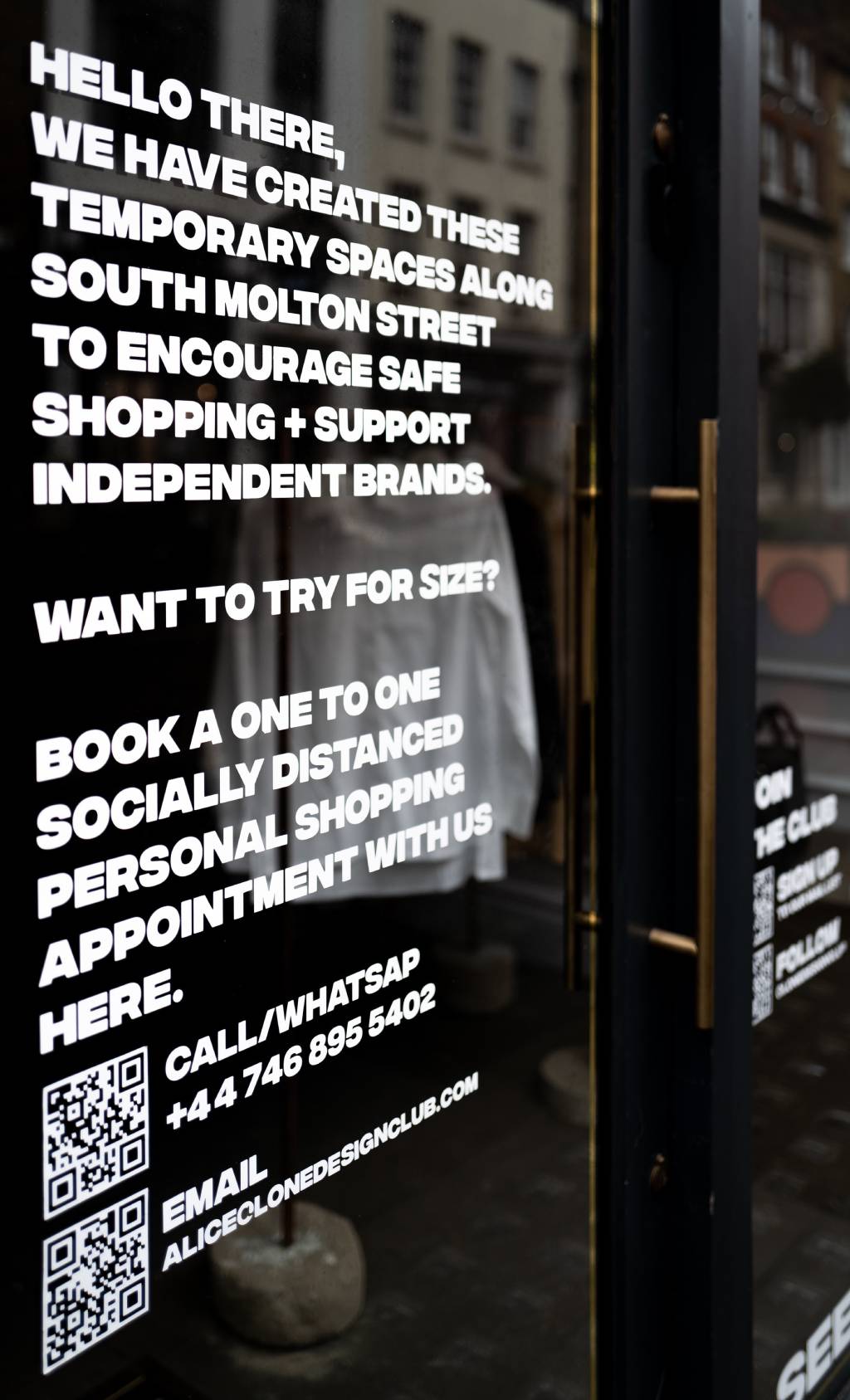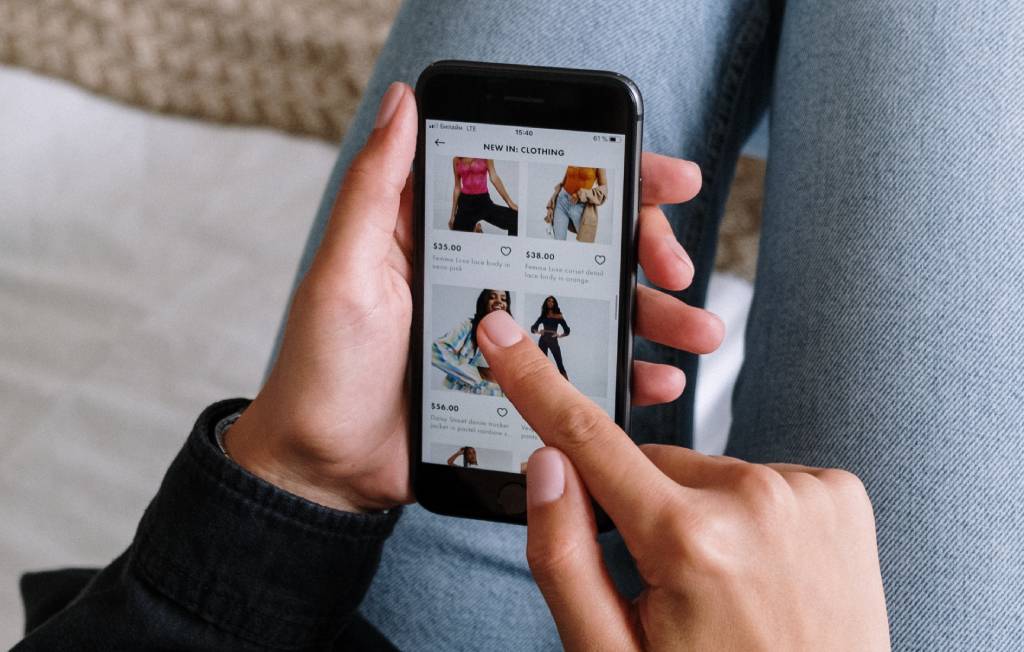APR. 12, 2021

Unsplash / Brooke Lark
COVID-19 has changed the way people buy online, and e-commerce companies have to keep up if they want to stay competitive. Companies that never used to have much of a web presence now have to get set up online for most (or all) of their sales. That doesn’t just mean having an online shop, either. It also means meeting customers where they’re hanging out online, whether that’s an e-commerce platform, a social media site, or any combination of the above.
In this article, we’ll cover some of the main ways that commerce can adapt to survive in the post-COVID economy.

Unsplash / The Blowup
Trade In-Person Experiences for Digital Ones
If your commerce store used to rely somewhat on in-person experiences, you have to figure out how to offer a similar encounter online. For example, let’s say you have an outdoors shop that caters to campers and hikers. While you’ve always had an online store, a lot of your first-time clientele would go into your brick-and-mortar store to try out the gear before buying. Now, with just an online shop, they don’t get that personalized experience.
You don’t have to forgo that part of your business completely, though. You can set up online experiences to replace them. Record videos with guidance on how to pick out a tent, for example. Or set up one-on-one consultations (for free) to help people find hiking boots that fit just right.
Focus On the Most Essential Products in Your Shop
COVID has caused a lot of people to scale back spending as they’ve lost a portion of their income. So while digital shopping is trending upward, spending overall is going down, especially in non-essential categories. For example, people may be spending more on groceries, as they’re cooking at home more than they’re dining out, but they’re not spending as much on travel or vehicles as they used to.
When it comes to promoting your shop during the COVID era, focus on your most essential products. Share the benefits of those products, highlighting how they can help today’s customers fare better in daily life.
For example, let’s say you sell reusable kitchenware, like containers for foods and drinks. A lot of kids aren’t going to school full-time, and adults are still working from home, so reusable, to-go lunch containers aren’t super important right now. However, reusable water bottles are because that means people can stop buying plastic water bottles (some people simply like drinking from a bottle instead of a glass, even at home). By refilling glass water bottles with filtered water at home, your customers can cut down on spending – something that’s necessary for a lot of families.

Unsplash / Visuals
Add Extra Value to Your Products
If you want to encourage customers to stay loyal to your brand, you have to add extra value to your products. Chances are that there’s a competitor who’s selling products very similar to yours, so in order to gain repeat business from customers, you have to sweeten the deal. For example:
- Offer competitive pricing (this is especially important on Amazon).
- Run promotions or sales to entice potential customers to buy – or to reward repeat customers for their business.
- Invest in attractive packaging and consider adding freebies. For example, bookstores can send a free bookmark with every delivery.
- Lower the price of shipping (or ship for free) and/or shorten delivery time.
If you’re not sure what to add on or change that will increase value, look at your customer feedback. Are there a lot of complaints about something specific? This is your opportunity to fix it.

Pexels / Cottonbro
Be Active on Social Media
Being active on social media can do wonders for your business. And on top of helping you spread the word about your brand, it can be one of your main customer service channels.
Use social media to answer questions about your brand, address concerns or negative feedback, and generally provide customer service to whoever needs it – whether they come to you first or not.
By listening to the brand-related chatter on social media, you can be proactive when someone’s not happy with your brand. Address concerns publicly so others can see how you handle them. Getting negative feedback isn’t great for business, but ignoring it is even worse.

Unsplash / John Schnobrich
Offer Live Chat
Today’s customers like to troubleshoot on their own, but when they can’t easily find the solutions they’re looking for, they need to connect with your brand. However, nobody wants to wait on hold forever, so phone support isn’t an ideal way to get in touch anymore. This is where live chat comes in – and with so many companies selling online now, it’s more important than ever.
With live chat, you can:
- Engage with leads and customers in real-time.
- Increase conversion rates by providing the information they need right now.
- Offer support in a timely way instead of making the customer wait.
- Learn more about the customer by asking questions that will round out their profile.
You may also want to check out our article about how to excite customers and drive sales with Facebook Messenger.
Create a Seamless User Experience
The fewer hoops that customers have to jump through, the better. When you can reduce the touchpoints of the customer journey, they can get from the discovery stage to making a purchase that much faster. This is good news for everyone involved. The customer doesn’t have to spend very much time in any stage of the process or switch platforms to complete a purchase (like going from a social media site to a website and then to a payment gateway – that’s too much!). And for you, you’ll get insights and make sales that much faster.
If digital commerce – and customers’ reliance on it – was evolving pre-COVID, it’s certainly skyrocketing now. If you’re stuck between Amazon and Shopify for where to set up shop, check out this article, which will help you decide on the best platform for you.
